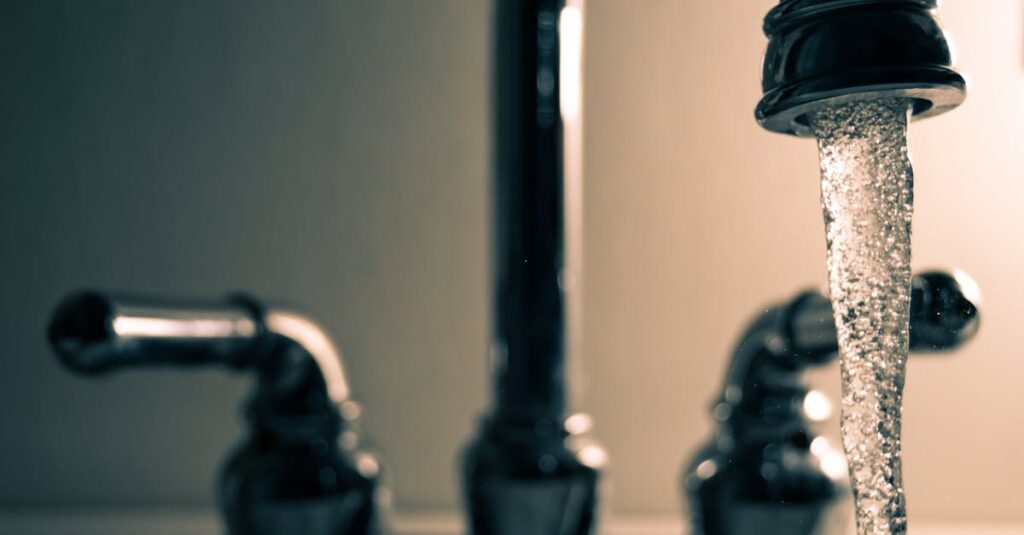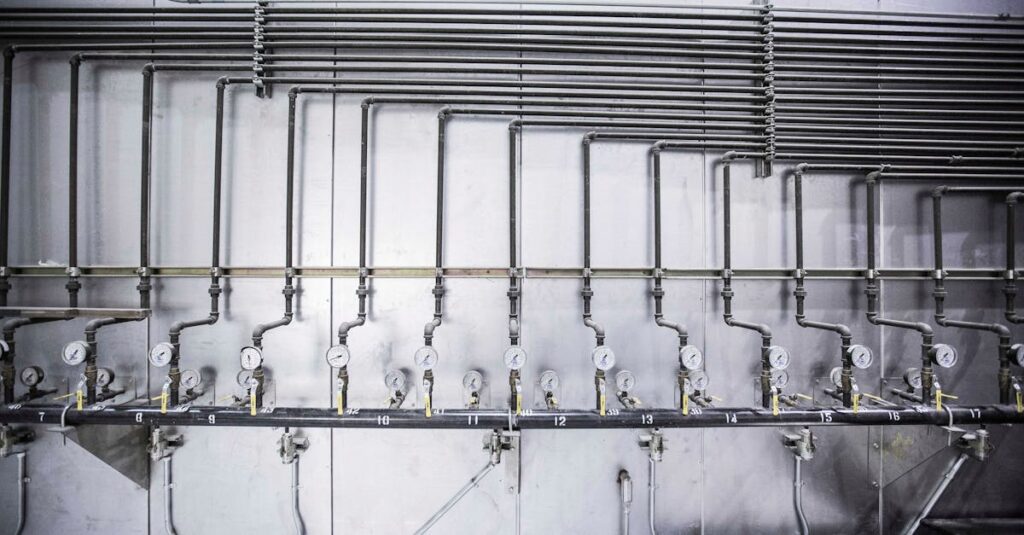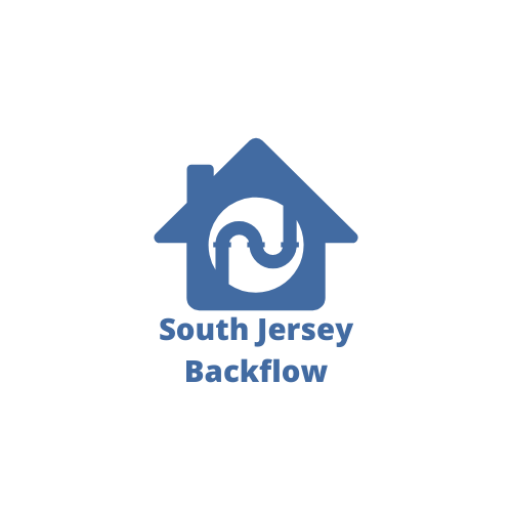Understanding Backflow: What It Is and Why It Matters
Water contamination is a serious concern for homes and businesses, and one of the primary threats to clean water is backflow. But what exactly is backflow, and why does it matter? In this comprehensive guide, we’ll explore the causes of backflow, its potential risks, and how South Jersey Backflow ensures clean and safe water systems across New Jersey.
What is Backflow?
Backflow is the unwanted reversal of water flow within a plumbing system, allowing contaminants to enter the clean water supply.
Normally, water flows in one direction from a municipal supply to homes and businesses. However, when there is a sudden change in pressure, water can flow backward, carrying pollutants and hazardous substances into drinking water systems.


Types of Backflow: Back-Siphonage vs. Back-Pressure
There are two primary types of backflow:
Back-Siphonage
This occurs when a sudden drop in water pressure creates a vacuum effect, pulling water from a contaminated source into the clean water system. Common causes include water main breaks, fire hydrant usage, or sudden increases in demand.
Back-Pressure
This happens when downstream water pressure exceeds the pressure in the potable water system, pushing non-potable water into the clean supply. It often results from issues with heating systems, pumps, or industrial processes.
The Dangers of Backflow Contamination
When backflow occurs, hazardous substances such as fertilizers, chemicals, and bacteria can enter the water supply. Some potential risks include:
Health Hazards
Contaminated water can lead to serious illnesses, including gastrointestinal infections and exposure to toxic substances.
Legal Consequences
Many local and state regulations require backflow prevention measures to be in place. Failure to comply can result in fines and penalties.
Infrastructure Damage
Contaminated water can corrode pipes, leading to costly repairs and maintenance issues.

How Backflow Prevention Works
Backflow prevention devices are designed to stop the unwanted reversal of water flow, keeping contaminants out of potable water systems. These devices include:

Air Gaps
A simple but effective method that creates a physical space between the water source and a potential contaminant.

Reduced Pressure Zone (RPZ) Valves
A highly effective device that uses multiple check valves and relief mechanisms to maintain water purity.
New Jersey Backflow Prevention Regulations
In New Jersey, backflow prevention is strictly regulated by the New Jersey Department of Environmental Protection (NJDEP) and local water authorities. Some key requirements include:
- Annual testing of backflow preventers by certified professionals.
- Proper installation of approved devices in commercial and residential properties.
- Compliance with municipal codes to protect public water supplies.
At South Jersey Backflow, we ensure that all installations and testing services meet or exceed New Jersey’s regulatory standards, helping customers stay compliant and safe.
How South Jersey Backflow Protects Your Water Supply
As a leading provider of backflow prevention services in New Jersey, South Jersey Backflow offers:
Professional Installation
Our certified technicians install state-of-the-art backflow prevention devices tailored to your property’s needs.
Annual Testing & Certification
We conduct thorough inspections and issue compliance certifications required by local authorities.
Emergency Services
If you suspect a backflow issue, our team is available to provide fast, reliable solutions.

Conclusion
Backflow prevention is not just a legal requirement—it’s essential for maintaining a safe and clean water supply. By understanding how backflow occurs and taking proactive steps to prevent it, property owners can protect their families, employees, and customers from potential health hazards.
South Jersey Backflow is proud to serve communities across New Jersey, ensuring that every drop of water remains safe and contaminant-free.
If you need expert backflow prevention services, contact South Jersey Backflow today to schedule an inspection or consultation. Your water safety is our priority!


